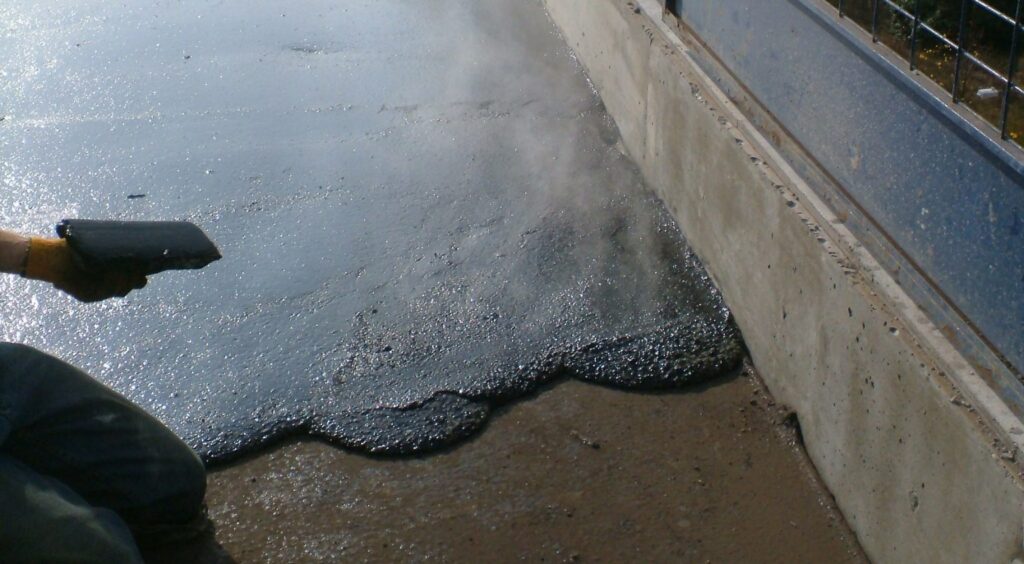What is considered a flat roof compared to a pitched roof?
The definition of a flat roof is guided by the pitch or the degree to which its surface deviates from the horizontal. The roof is considered flat if the pitch is less than 10 degrees. Anything above 10 degrees annotates a pitched roof. There are advantages to each of the two roof types. Pitched roofs […]
What is an EPDM roof?
EPDM, or ethylene propylene diene monomer membrane, is one of the most popular single-ply membranes for residential and commercial low slope and flat roof systems. EPDM is essentially a synthetic rubber, making it an extremely durable roofing solution. The membrane has high resistance to UV radiation and remains flexible even at low temperatures. EPDM Is […]
How to use torch-on safely in single ply roofing
There have been many concerns over the years about the application of torch-on systems and the use of naked flame systems in the bituminous roofing industry. Between 2013-2014, on average there was 1 major fire a MONTH on commercial buildings reported. The majority had been through drying roofs with a gas torch and lack of […]
4 things to consider when choosing mechanical fixings
With over 60% of all single ply roofs in the UK being mechanically fixed it’s critical that the correct fixings are used for the individual application. After all, these are the key components that secure the roof in place for its lifespan. The aim of this blog is to provide a greater insight to what […]
Cementitious screed vs mastic asphalt screed

Correct specification of screed for roofing, flooring or car park applications may seem like a minute detail, but it can have significant implications on building performance. Whilst cementitious screeds have been the ‘go to’ solution for many years, mastic asphalt screed is increasingly becoming an appealing alternative for specifiers and contractors in modern construction. A […]
The best practices of flat roof build ups
Over the last couple of decades, we have seen a steady increase in thicknesses of insulation being used in construction. This has, however, had an impact on design in both the new build and refurbishment sector. In terms of the thermal design of a flat roof, what are the options and the best practices of […]
Offsite construction methods and their benefits

The construction industry is turning more and more to offsite construction methods and the trend will become even more popular in the future. The main reasons behind this are the tighter build programmes, higher levels of cost control and skill shortage that the industry is currently facing. With the implementation of the ‘Construction 2025’ strategy, […]
Rainwater outlets in flat roof design
A lot of rain is falling onto flat roofs, and from the dawning day of the flat roof, it always has done. So, the question is when dealing with the problem of flat roof drainage, why do some people still get it wrong? What do we need to consider when getting an efficient drainage system […]
Adhered roofing applications in cold weather
Use of adhesives in winter months The winter months pose various issues for roofing trades especially when installing adhered single ply membrane systems. Generally, both PU adhesives and contact adhesives are not recommended to be used if the temperature is below 5° C, leaving the roofing contractor with no choice other than changing the system […]